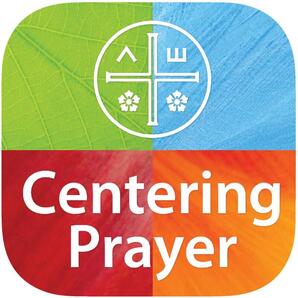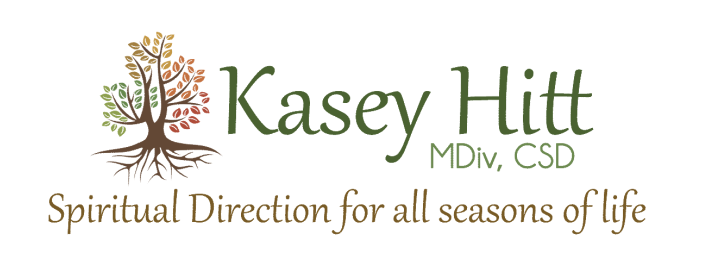 https://www.contemplativeoutreach.org/ centering-prayer-method/ https://www.contemplativeoutreach.org/ centering-prayer-method/ While they may share silence and look the same on the outside, join me in taking a look on the inside… Different forms of meditation offer the practitioner different gifts depending on their focus. Some of these forms and gifts are mindfulness, movement, awareness, breathing, insight, chakra-opening, loving-kindness, relaxation, guided, calming, and creativity. As one who meditates, I appreciate and practice a variety of methods and even combine some, but I call Centering Prayer my main practice. However, many do not understand how Centering Prayer offers anything different from other forms of meditation. Centering Prayer was developed by Trappist monks, Fathers William Meninger, Basil Pennington and Thomas Keating, to help bring the ancient practice of contemplative prayer within the Christian tradition to people outside the monastery—which is most of us! Inspired by early Christian contemplatives and the medieval text, The Cloud of Unknowing, their process—20 minutes of silence once or twice a day—allows the power of and presence in Silence to be accessed by those of us who live in the “world of words.” This prayer’s nickname, the "Prayer of Consent," reveals how it differs from other forms of meditation. Rather than focusing solely on being present to sounds and sensations or giving the ego mind something to do like count, follow our breath, or say a mantra, Centering Prayer’s sole focus is surrendering. We consent to the presence and action of God within us. During the 20 minutes of sitting comfortably, but alert, with head up and eyes closed (or with a resting gaze toward the floor), we introduce a “sacred word” as a symbol of our intention to consent. This can be a word like “Peace,” “Jesus,” or “Love.” Whenever we become aware of our mind being engaged with thoughts (no matter how interesting or enlightening!), we simply and gently say our sacred word. We come back to surrendering all—every plan, worry, person, to-do list, dream, ah-ha, observation, insight…you get the idea. We let go of everyone and everything, trusting God with and for all. Given the focus is learning to trust God, it does not matter how many times we catch ourselves wandering and returning. Every instance is an opportunity to “come home” and trust the Beloved with each. Some days we will find ourselves saying our sacred word quite often, for we may have more weighing on our hearts, minds, and bodies than other days. Notice how relational Centering Prayer is! It can certainly expose an unhealthy image of God which may be why a part of us rightly refuses to surrender! To explore that being a possibility rather than the normal ego tantrum of giving up control, go here. How we enter into Centering Prayer can help us consent. We see a model for this powerful and humble consent in Jesus, especially in the Garden of Gethsemane after asking to be spared from suffering but willing to surrender anyway. His deep trust in the Heart of God leads him to say what he taught his disciples to pray, “Thy will be done.” Jesus’ response echoes the words of his mother, Mary, after being told she would bear the Messiah. To this overwhelming and possibly dangerous news, she says to the angel bringing her the announcement, “Let it be done unto me according to Your Word.” Perhaps Jesus learned his prayer of surrender from her! Every time we enter into Centering Prayer, we join Mary and Jesus in this powerful, humble, and holy consent. For twenty minutes, we practice releasing our grasp on our plans, desires, abilities, and attachments. After coming to an end of our own words in prayerful petition, no matter how a situation may look to us (and others) on the outside, we trust in the presence and work of the One who dwells in secret on the inside. Try this:
*Contemplative Outreach offers an app with a timer and ways to enter into and end your time of Centering Prayer. And no matter what level of experience you have, you are always welcome to join me for communal Centering Prayer every Friday morning from 9:00 AM- 10:00 AM (Central Time Zone). Contact me for the Zoom link. Comments are closed.
|
AuthorKasey is a scarf, ball and club juggling spiritual director just outside of Nashville, TN. Play helps her Type-A, Enneagram 1 personality relax, creating space for poetry and other words to emerge. She also likes playing with theological ideas like perichoresis, and all the ways we're invited into this Triune dance. Archives
January 2024
Categories
All
|
By clicking “Sign up for E-News” I consent to the collection and secure storage of this data as described in the Privacy Policy. The information provided on this form will be used to provide me with updates and marketing. I understand that I may modify or delete my data at any time.

 RSS Feed
RSS Feed

